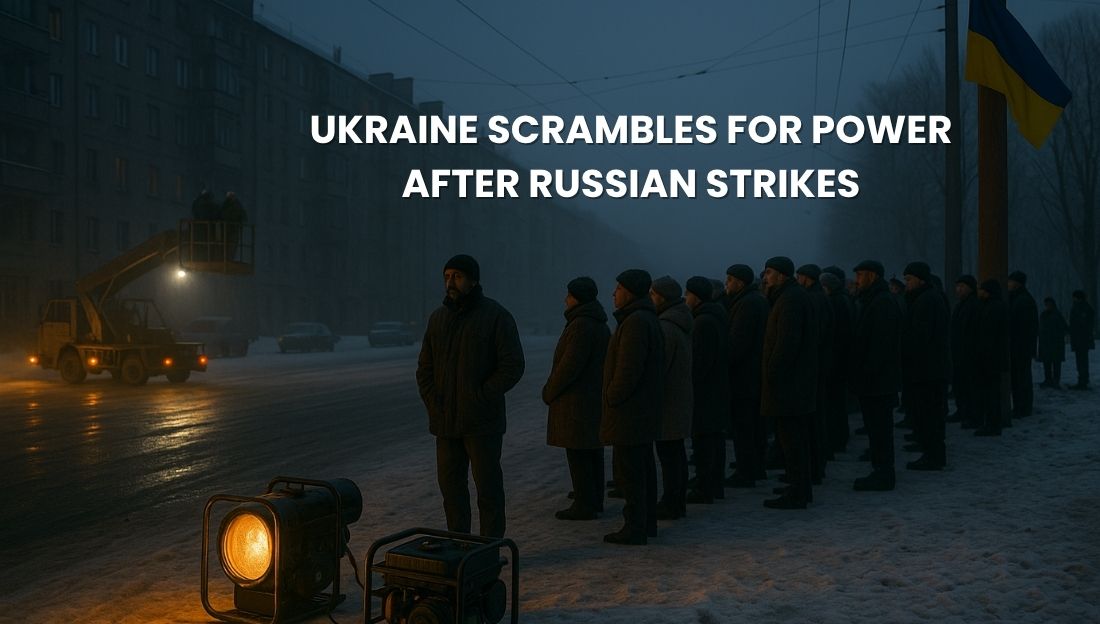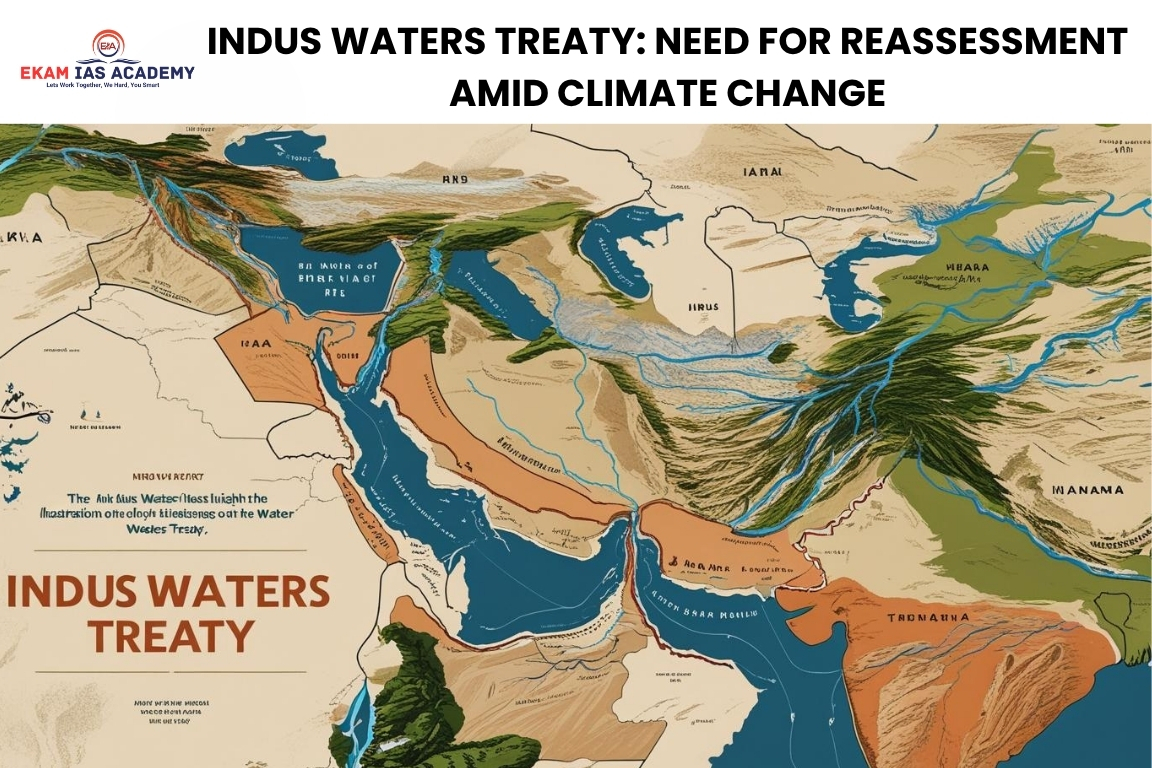Russia has launched large-scale strikes targeting Ukraine’s energy infrastructure, severely damaging power plants and transmission lines, leading to widespread electricity and heating shortages.
The situation has raised concerns regarding civilian safety, energy security, and nuclear plant risks during winter.
What Happened?
- Russia carried out missile and drone attacks on multiple thermal and hydroelectric power plants across Ukraine.
- Power generation in some regions has fallen to zero, forcing 8–10 hours of daily power cuts.
- About 200,000+ households have lost access to electricity and heating.
- Ukraine called this “one of the most difficult energy crises” since the war began in 2022.
- Electricity supply to areas around Khmelnytskyi and Rivne nuclear plants has been disrupted.
- Ukraine has appealed to the International Atomic Energy Agency (IAEA) to convene an emergency meeting, accusing Russia of risking nuclear safety.

Immediate Humanitarian Concerns
- Winter temperatures in Ukraine can fall below –10°C, making heating essential for survival.
- Electricity shutdowns affect:
- Water supply & sanitation
- Hospitals & emergency services
- Communication networks
- This situation risks mass displacement, especially among vulnerable groups (elderly, children).
Why Russia Targets Infrastructure
Russia aims to:
- Weaken Ukraine’s ability to sustain the war
- Lower civilian morale
- Force diversion of funds from defense to emergency services
- Create pressure on Western allies supporting Ukraine
This reflects the use of energy infrastructure as a strategic tool in warfare.
Energy Security
Energy security refers to uninterrupted availability of energy at affordable prices, including:
- Reliable supply
- Resilience to disruptions
- Diversified energy sources
Ukraine’s Vulnerabilities
- Heavy dependence on centralized power stations, easier to target.
- Limited grid interconnections and backup systems.
- Ongoing war has disrupted coal and gas transportation routes.
This exposes the importance of distributed renewable energy systems, micro-grids, and storage networks in conflict-prone regions.
International Humanitarian Law (IHL)
Under the Geneva Conventions, attacks that disproportionately harm civilians are prohibited.
- Targeting civilian energy systems can be classified as:
- Collective punishment
- Violation of civilian immunity norms
However, enforcement mechanisms remain weak in active war zones.
Way Forward
- Scale up mobile heating centers and emergency shelters for winter safety.
- Strengthen air defense systems to protect remaining infrastructure.
- Expand cross-border electricity links with Europe.
- Increase renewable micro-grids to reduce risk from centralized power failures.
- Continue diplomatic and IAEA engagement to prevent nuclear safety incidents.
Conclusion
Russia’s recent strikes highlight the fragility of civilian infrastructure during war, especially energy systems crucial for survival in winter.MEnsuring energy security, nuclear safety, and humanitarian protection is not only Ukraine’s challenge but a global responsibility.NThe crisis underscores the need for stronger international safeguards to protect critical infrastructure in armed conflicts.
This topic is available in detail on our main website.





